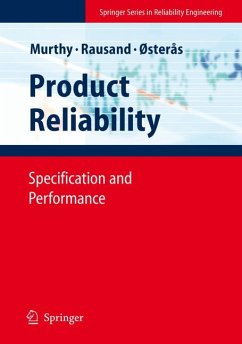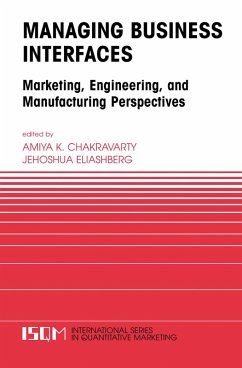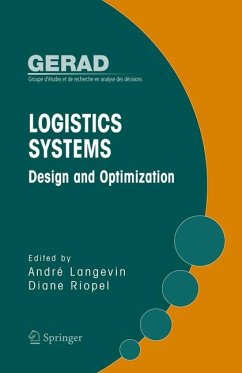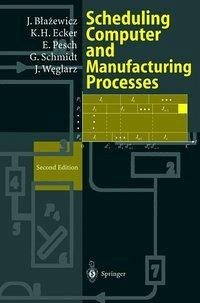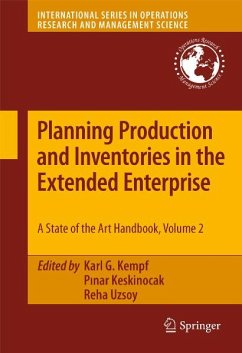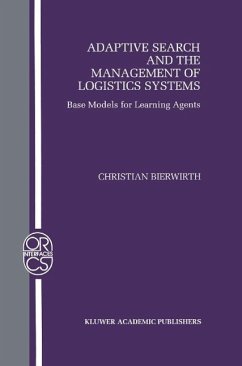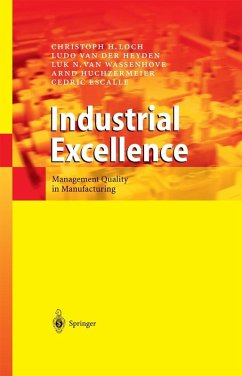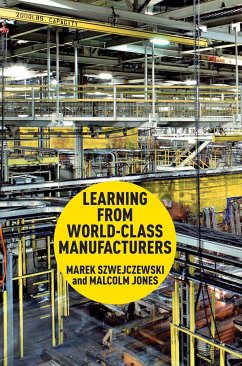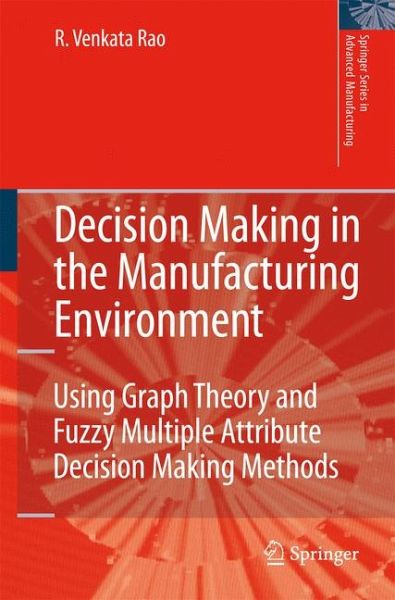
Decision Making in the Manufacturing Environment (eBook, PDF)
Using Graph Theory and Fuzzy Multiple Attribute Decision Making Methods
Versandkostenfrei!
Sofort per Download lieferbar
112,95 €
inkl. MwSt.
Weitere Ausgaben:

PAYBACK Punkte
56 °P sammeln!
Recent worldwide advances in manufacturing technologies led to a metamorphism in the industry. Fast-changing technologies on the product front have created a need for an equally fast response from manufacturing industries, who select manufacturing strategies, product designs, manufacturing processes, and machinery and equipment. Decision makers have the problem of assessing a range of options and selecting one based on conflicting criteria.This book shows how graph theory and matrix approach, and fuzzy multiple attribute decision making methods can be used in manufacturing. Part I introduces t...
Recent worldwide advances in manufacturing technologies led to a metamorphism in the industry. Fast-changing technologies on the product front have created a need for an equally fast response from manufacturing industries, who select manufacturing strategies, product designs, manufacturing processes, and machinery and equipment. Decision makers have the problem of assessing a range of options and selecting one based on conflicting criteria.
This book shows how graph theory and matrix approach, and fuzzy multiple attribute decision making methods can be used in manufacturing. Part I introduces the decision making situations in the manufacturing environment and presents decision making methods; Part II uses case studies to illustrate the applications of these methods in real manufacturing situations.
This book will interest designers, manufacturing engineers, practitioners, managers, institutes involved in design and manufacturing related projects, researchers, academics, and graduates in this field.
This book shows how graph theory and matrix approach, and fuzzy multiple attribute decision making methods can be used in manufacturing. Part I introduces the decision making situations in the manufacturing environment and presents decision making methods; Part II uses case studies to illustrate the applications of these methods in real manufacturing situations.
This book will interest designers, manufacturing engineers, practitioners, managers, institutes involved in design and manufacturing related projects, researchers, academics, and graduates in this field.
Dieser Download kann aus rechtlichen Gründen nur mit Rechnungsadresse in A, B, BG, CY, CZ, D, DK, EW, E, FIN, F, GR, HR, H, IRL, I, LT, L, LR, M, NL, PL, P, R, S, SLO, SK ausgeliefert werden.




